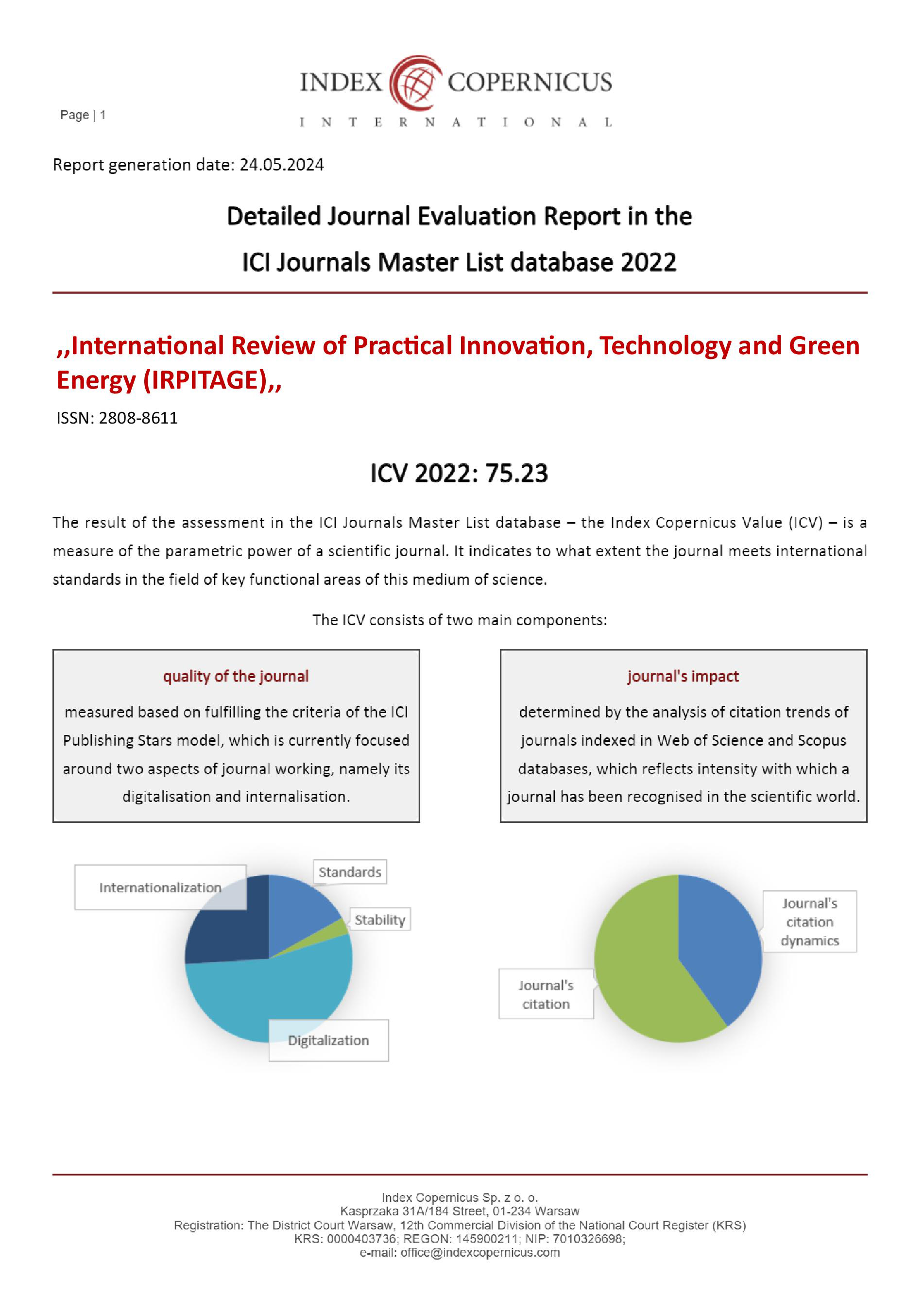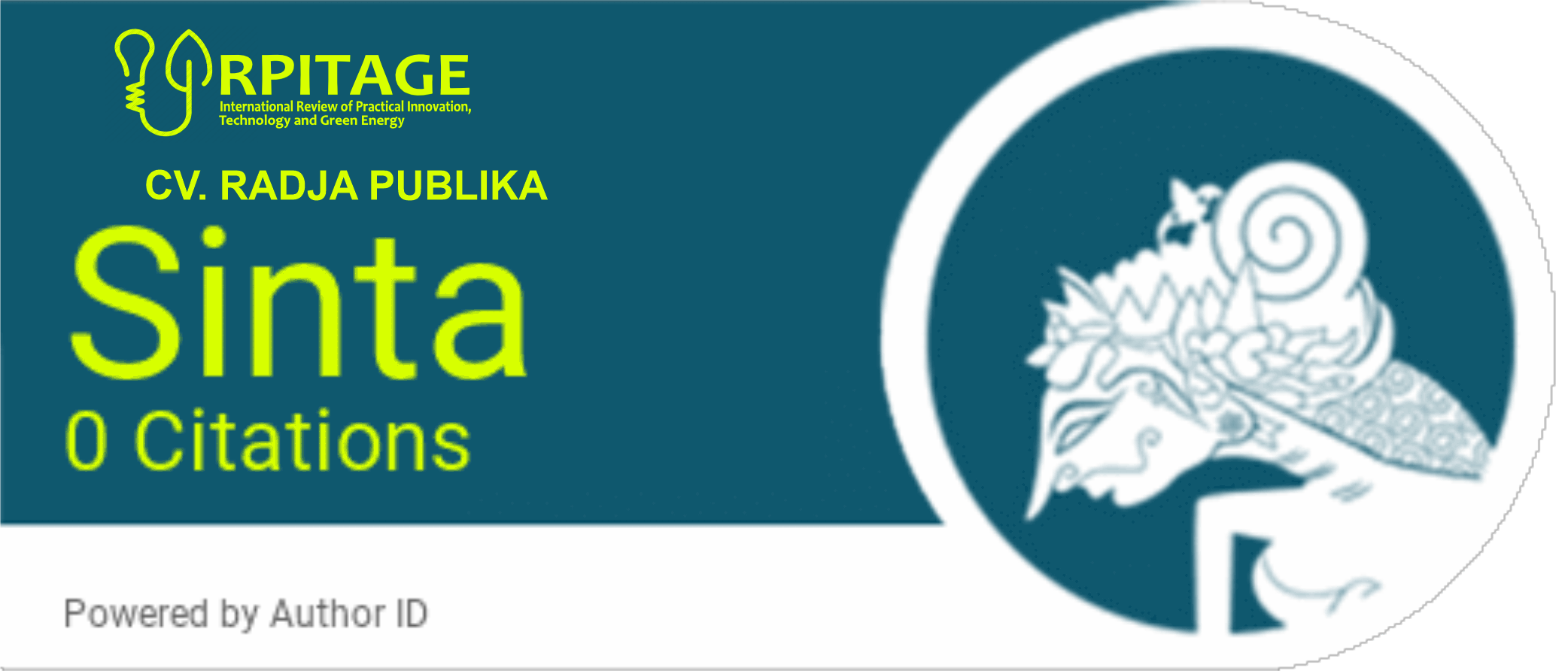WATERFALL ANALYSIS APPROACH IN THE DEVELOPMENT OF THE BONEN CAVE TOURISM WEBSITE AS A DIGITAL INFORMATION AND PROMOTION MEDIA
Main Article Content
Robertho Kadji
Irene Augusta Boymau
Lidia Paskalia Nipu
Ika Fitri Krisnasiwi
This research covers the developing of the Bonen Cave tourism website as a digital platform for promoting geotourism, employing the Waterfall model of software development. The project aims to design and implement a website that effectively conveys the distinctive values of Bonen Cave in Baumata Village, Kupang, acknowledging the increasing significance of digital media in promoting tourism visibility, especially for geotourism sites with substantial geological and cultural heritage. The method consists of five successive phases: requirements analysis, system design, implementation, testing, and deployment. The data collection process encompassed stakeholder interviews and field surveys to ensure website features corresponded with local requirements and visitor anticipations. An accessible and responsive design was developed using a no-code website builder. The finished project, geowisatakupang.fun, encompasses multimedia information, interactive services, and functionalities designed to facilitate education, preservation, and community involvement. Testing validated the site's usability and operation across various devices. The project illustrates how organized digital development may enhance local communities, facilitate conservation initiatives, and advance sustainable tourism via accessible online platforms. Ongoing assessment and prospective incorporation of augmented reality and mobile applications are advised to improve user experience and sustain long-term effects.
Ariasa, P., Dewantara, D., Indriyanto, B., Hakim, M., & Wulandari, R. (2022). Pengembangan Dan Evaluasi Sistem Informasi Desa Wisata Kertalangu Berbasis Website. Explore: Jurnal Sistem Informasi dan Telematika. https://doi.org/10.36448/jsit.v13i1.2381
Buana, C., Pamungkas, R., Umami, Z., & Muntaha, R. (2025). Membangun Identitas Desa Wisata Tajuk melalui Website menggunakan Metode Waterfall: Analisis Komunikasi dan Strategi Digital Branding. Jurnal Indonesia: Manajemen Informatika dan Komunikasi. https://doi.org/10.35870/jimik.v6i1.1147
Haryono, H., & Madani, M. (2024). Designing a Promotional Media Website for Pottery Products Using the Waterfall Method. Jurnal Bumigora Information Technology (BITe). https://doi.org/10.30812/bite.v5i2.3370
Karkani, A., Saitis, G., Evelpidou, N., Maroukian, H., & Spyrou, E. (2024). Promoting geo-education and geotourism through geosite assessment: A case study from Acheron-Parga, Epirus, Greece. International Journal of Geoheritage and Parks. https://doi.org/10.1016/j.ijgeop.2024.04.003
Kılıçhan, R., Cesmeci, N., & Çulfacı, G. (2024). An Evaluation of Gastronomy-Related Contents of The European UNESCO Global Geoparks’ Websites. Tourism and Recreation. https://doi.org/10.53601/tourismandrecreation.1452531
Marques, J., Albuquerque, H., & Silva, F. (2024). Promoting geotourism through digital accessibility: A study of Portuguese geoparks’s websites. Journal of Infrastructure, Policy and Development. https://doi.org/10.24294/jipd9398
Mastrobuono, L., Filocamo, F., Rosskopf, C., & Di Paola, G. (2020). MoGeo, a Mobile Application to Promote Geotourism in Molise Region (Southern Italy). Resources. https://doi.org/10.3390/resources9030031
Mylonas, N., Kanavos, A., Antonopoulos, N., Xanthakis, M., & Simatou, A. (2024). Alternative Forms of Tourism: A Comparative Study of Website Effectiveness in Promoting UNESCO Global Geoparks and International Dark Sky Parks. Sustainability. https://doi.org/10.3390/su16020864
Nurhuda, T., & Putra, P. (2022). Rancang Bangun Media Informasi Wisata Alam Di Kabupaten Murung Raya Berbasis Website. Journal of Information Technology and Computer Science. https://doi.org/10.47111/jointecoms.v2i2.8847
Prasetyo, D., & Suraya, D. (2023). SISTEM INFORMASI GEOGRAFIS PEMETAAN HOTEL DAN WISMA BERBASIS WEB DI KOTA TEMBILAHAN. **.
Pratama, Y., Situmorang, V., Sinaga, A., & Sianturi, R. (2022). Development of Tourist Village Website to Increase Tourism in Lake Toba. The IJICS (International Journal of Informatics and Computer Science). https://doi.org/10.30865/ijics.v6i1.4043
Rozenkiewicz, A., Widawski, K., & Jary, Z. (2020). Geotourism and the 21st Century–NTOs’ Website Information Availability on Geotourism Resources in Selected Central European Countries: International Perspective. Resources, 9, 4. https://doi.org/10.3390/resources9010004
Santyadiputra, G., Pradnyana, G., & Darmawiguna, I. (2019). The Development of Integrated Bali Tourism Information Portal using Web Scrapping and Clustering Methods. Journal of Physics: Conference Series, 1165. https://doi.org/10.1088/1742-6596/1165/1/012010
Supriadi, B., Marcus, R., & Said, M. (2022). Design of a CHSE Information System to Expand Tourism Market Segmentation. Cross Current International Journal of Economics, Management and Media Studies. https://doi.org/10.36344/ccijemms.2022.v04i05.003
Widawski, K., Łach, J., Rozenkiewicz, A., Oleśniewicz, P., & Krzemińska, A. (2018). Geotourism starts with accessible information: the Internet as a promotional tool for the georesources of Lower Silesia. Open Geosciences, 10, 275 - 288. https://doi.org/10.1515/geo-2018-0021
Williams, M., Robinson, A., Wang, X., & McHenry, M. (2024). Australian Geotourism Discovery Platform: A Sustainable and User-Friendly Platform for Accessible Exploration of Geosites, Geotrails, Cultural, and Mining Heritage Sites. Sustainability. https://doi.org/10.3390/su16135482











